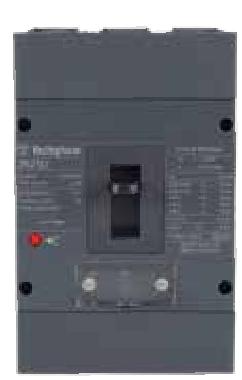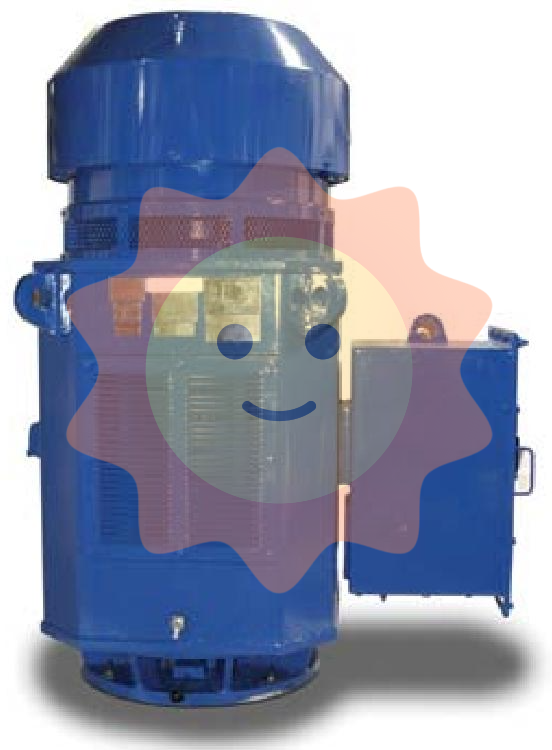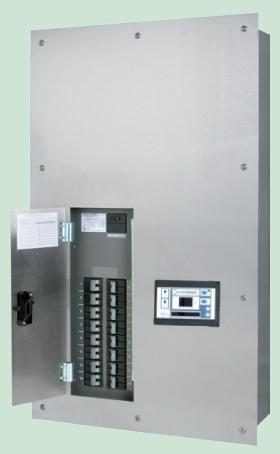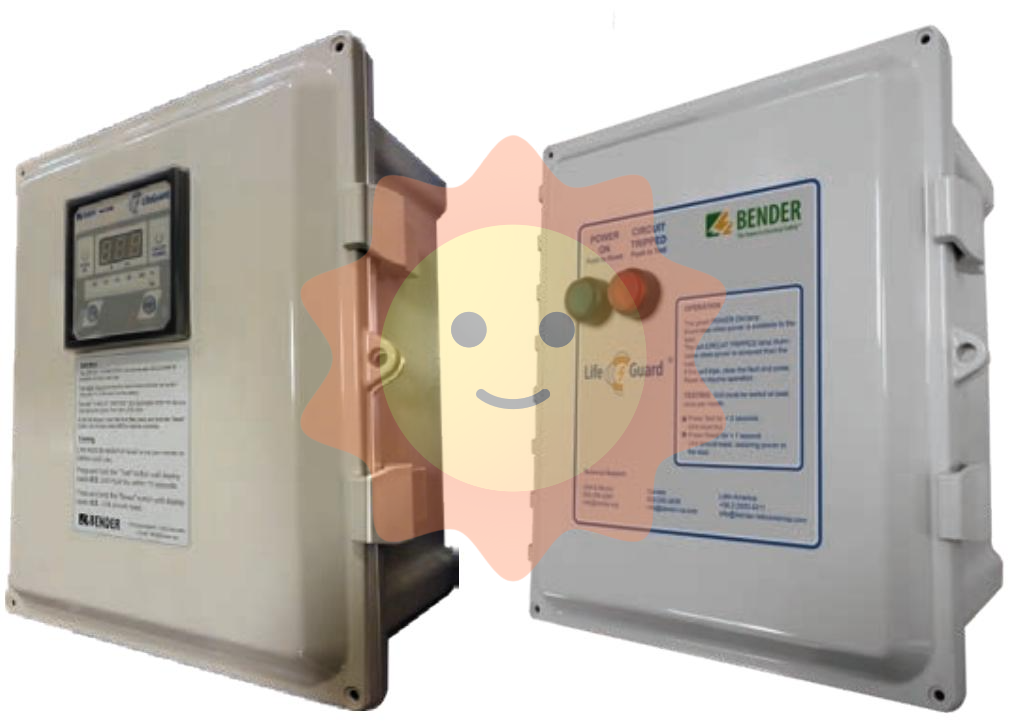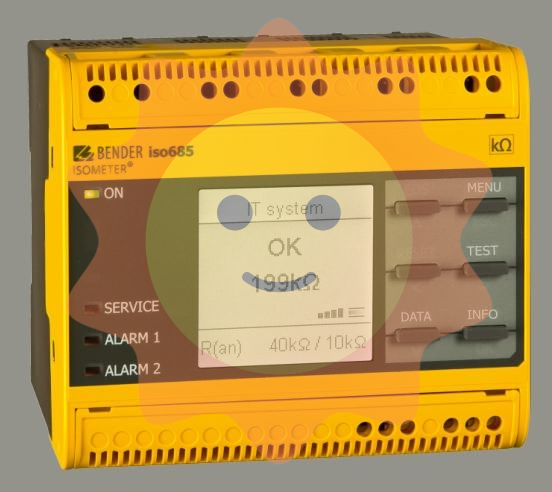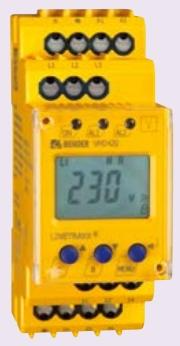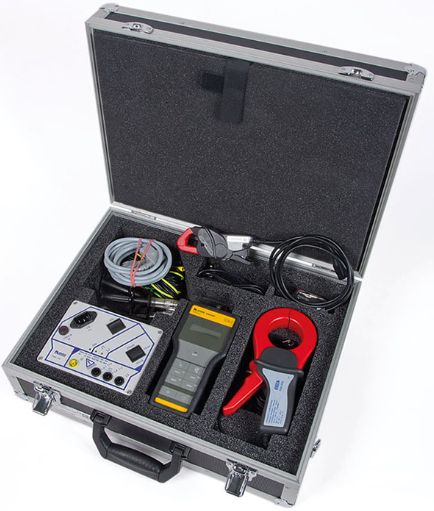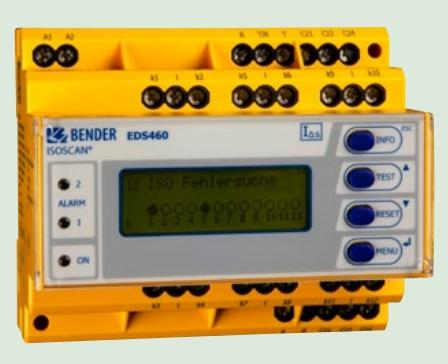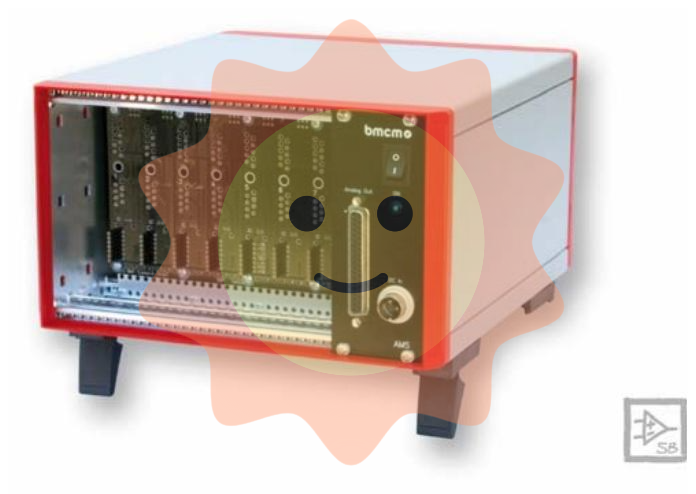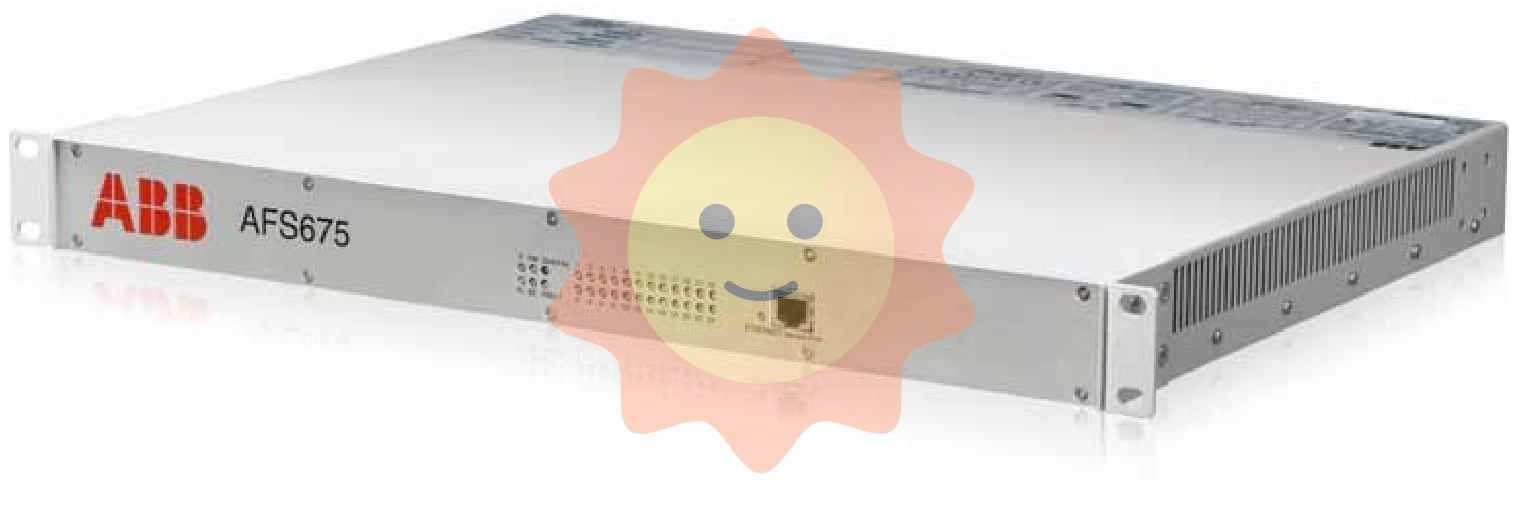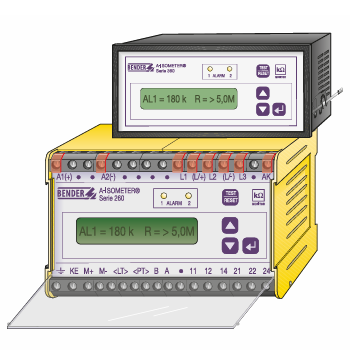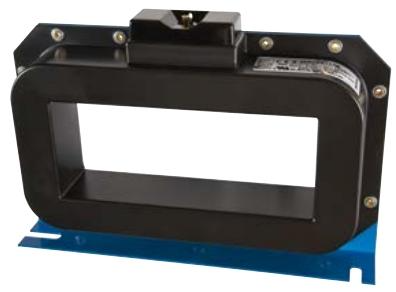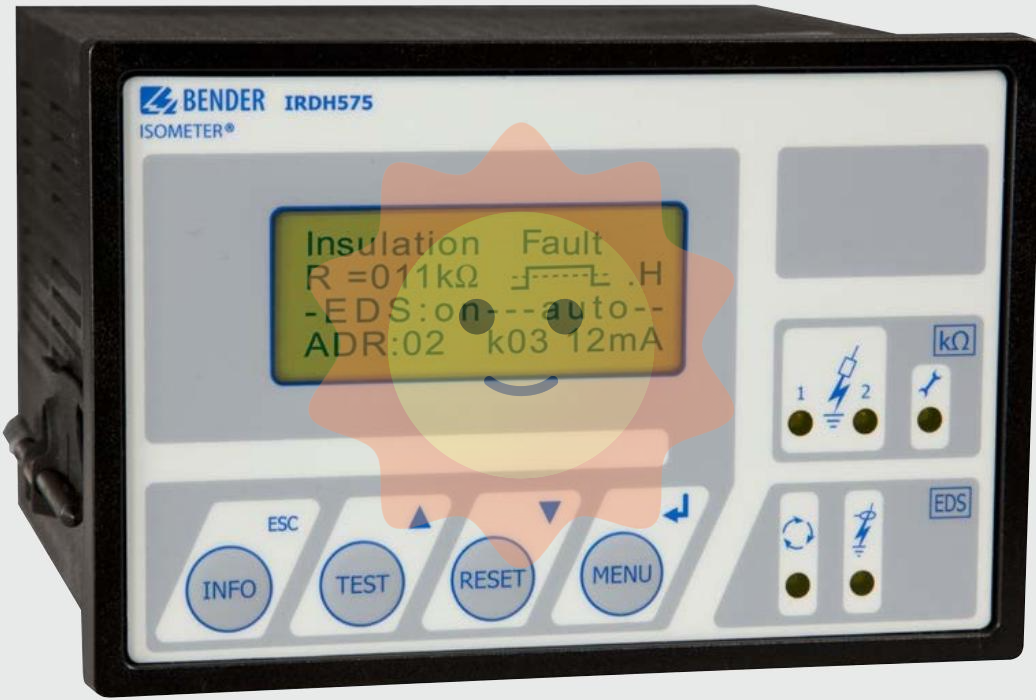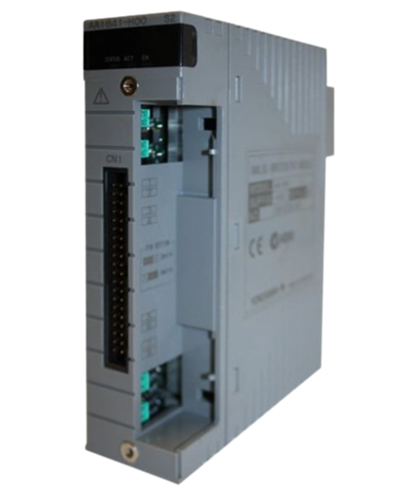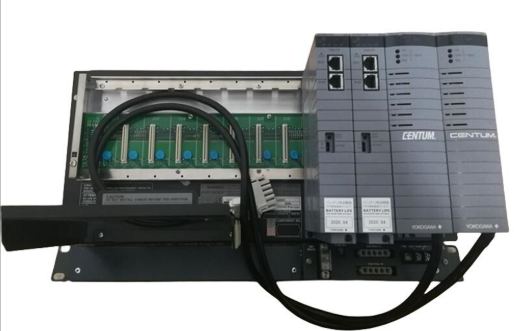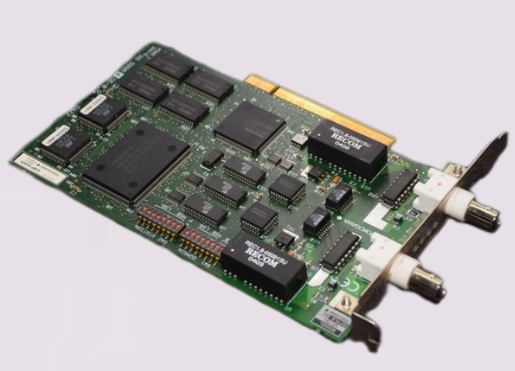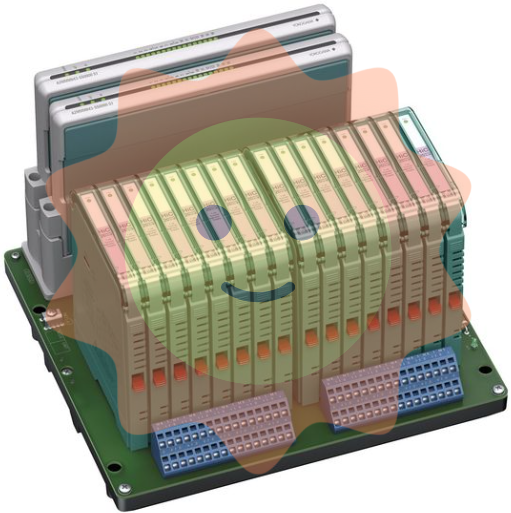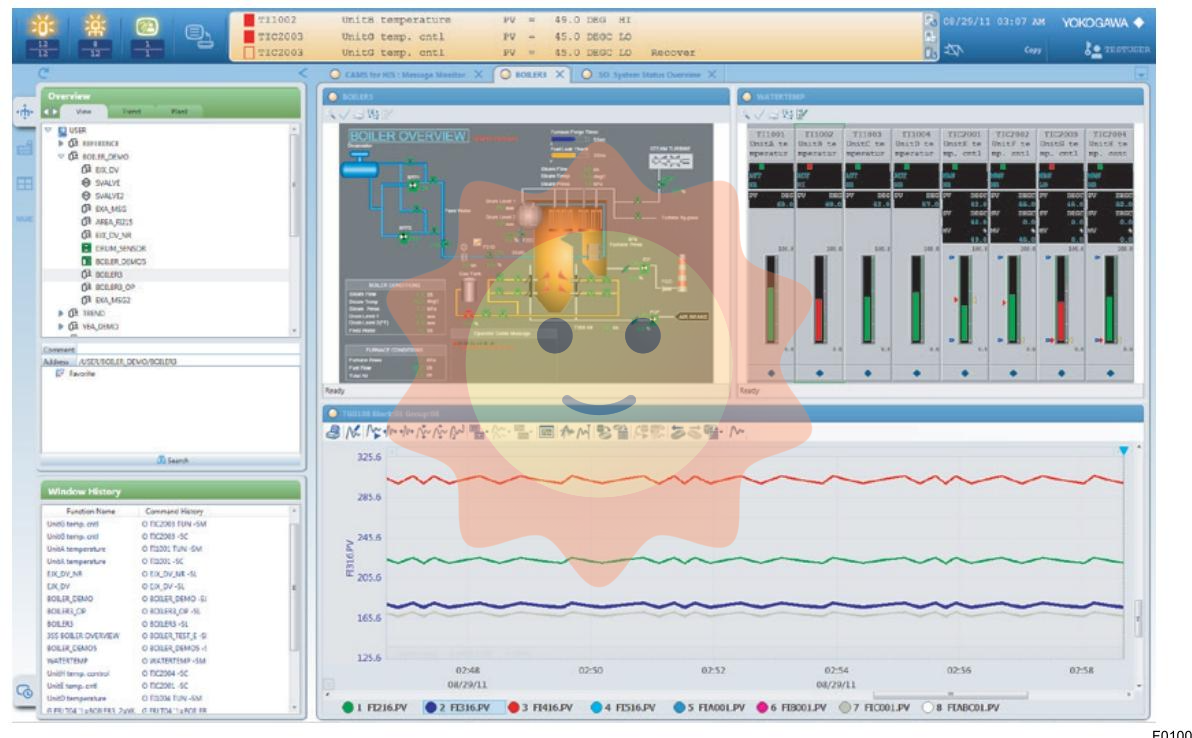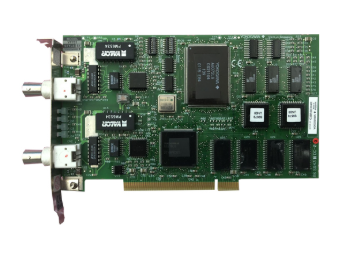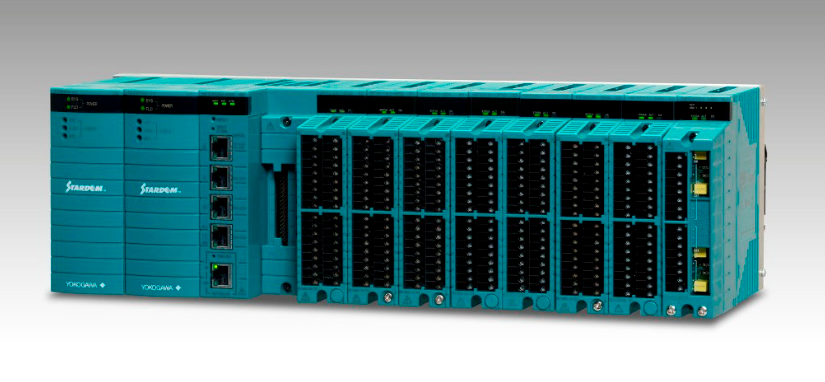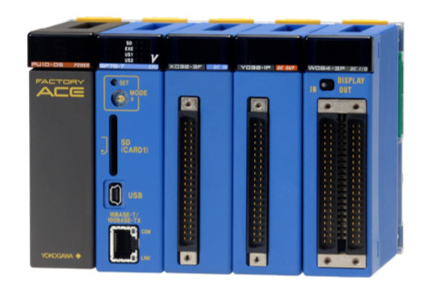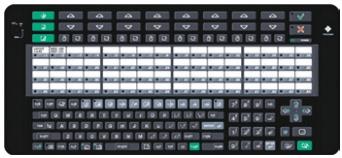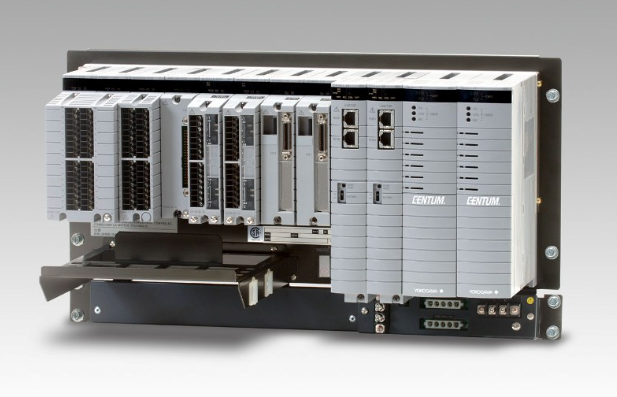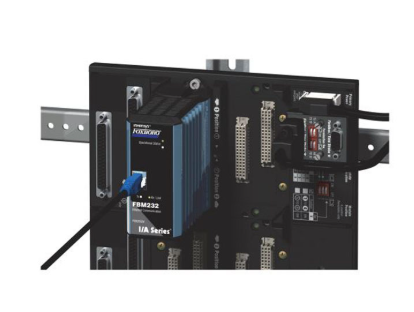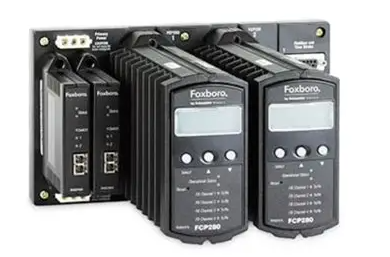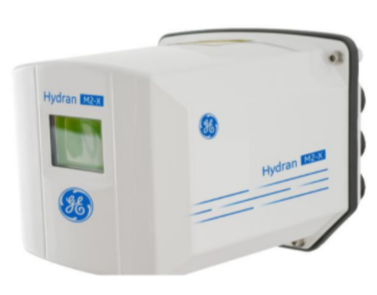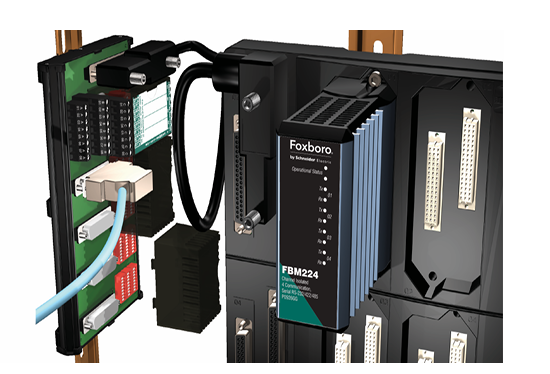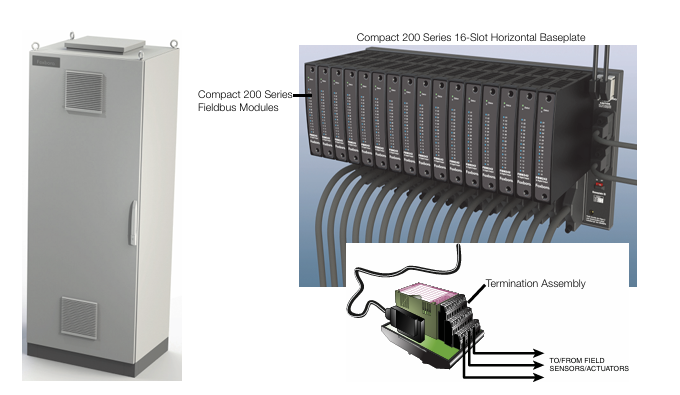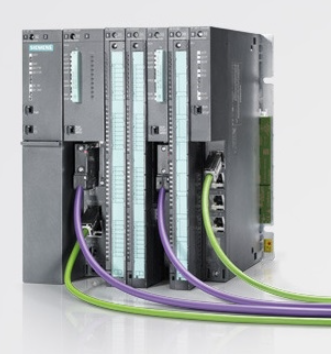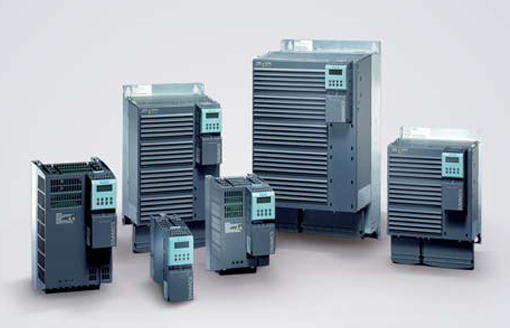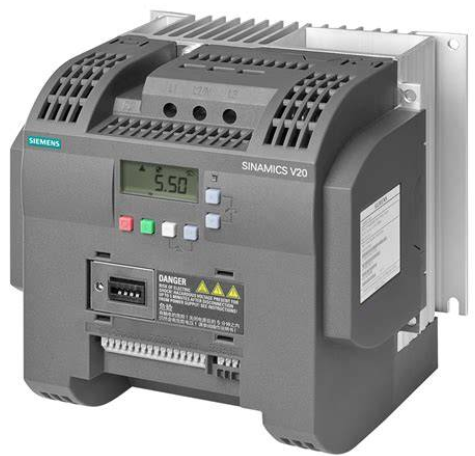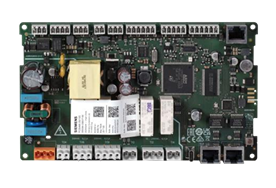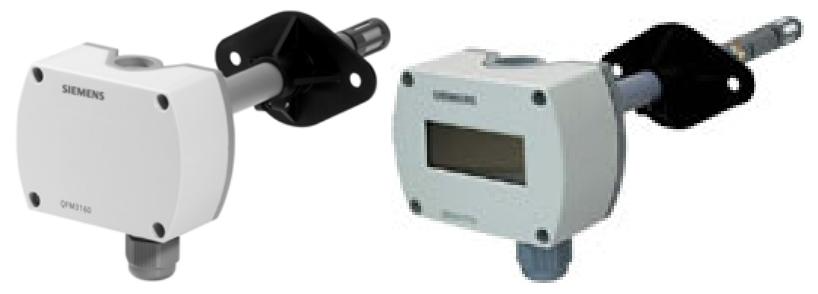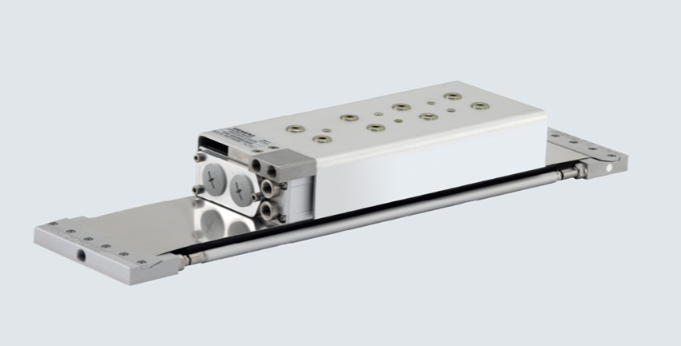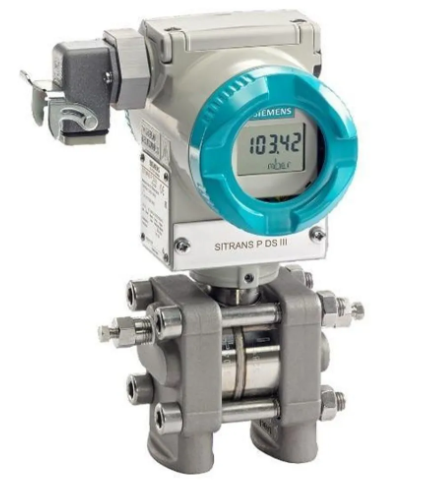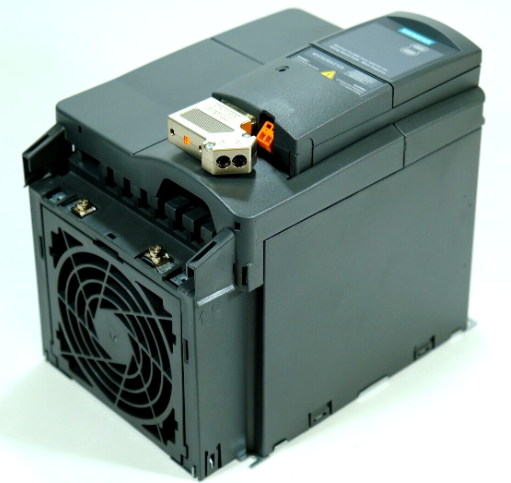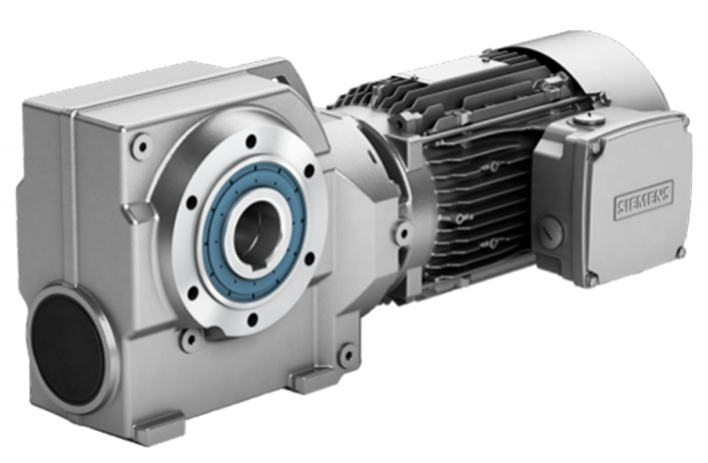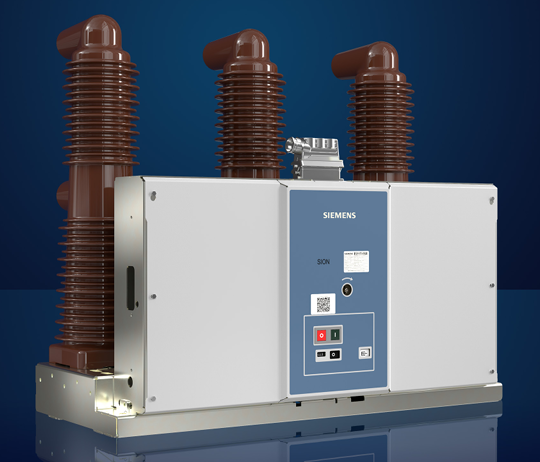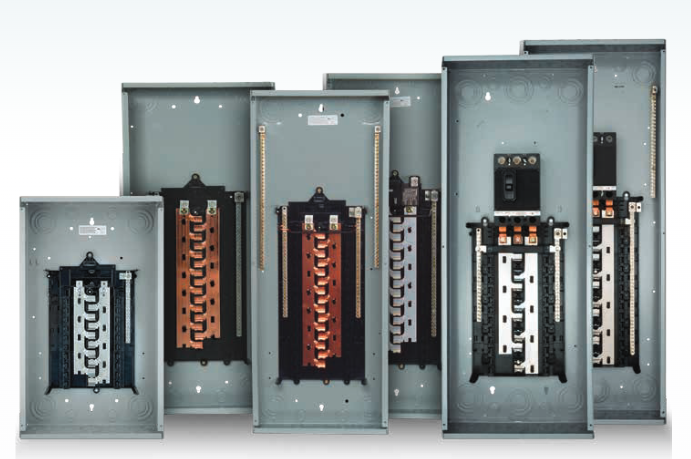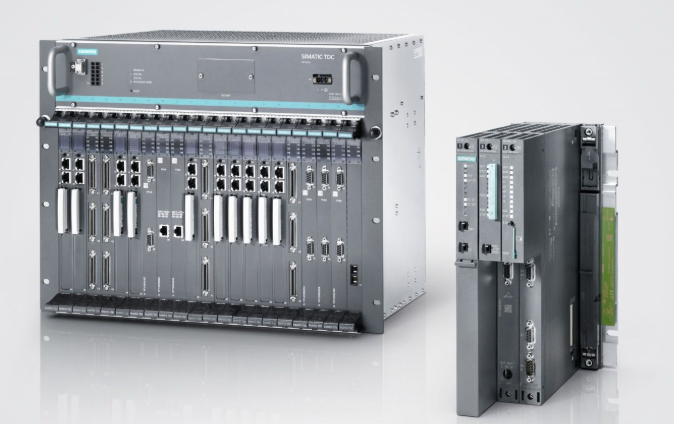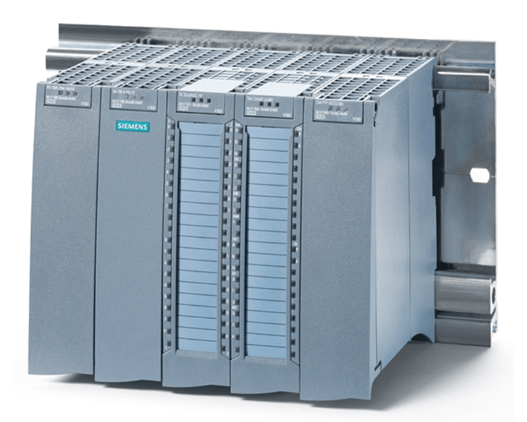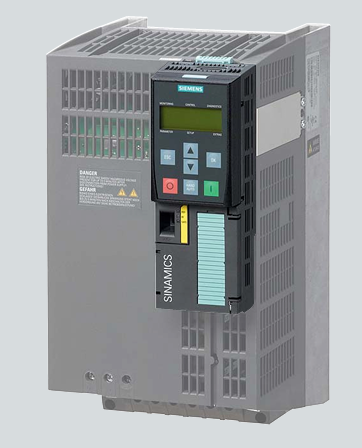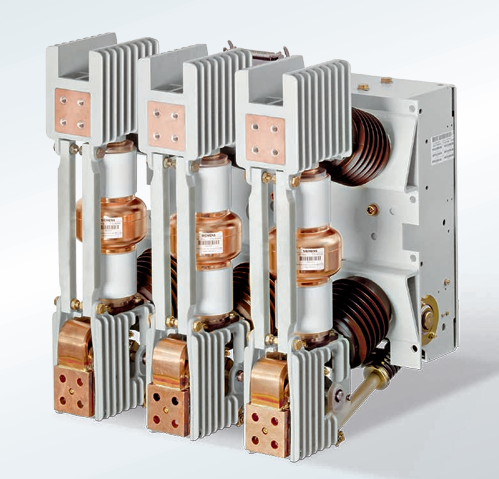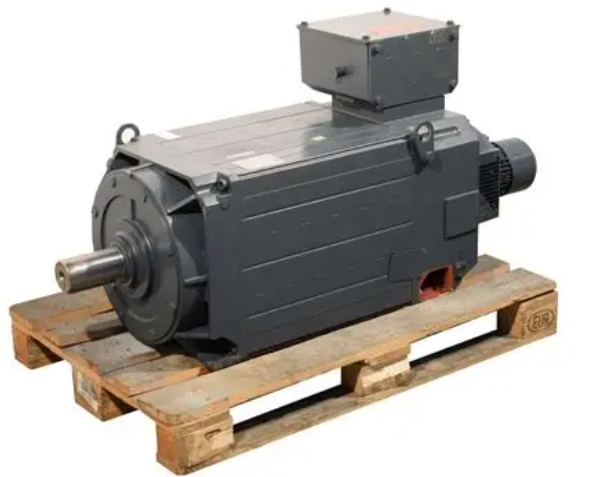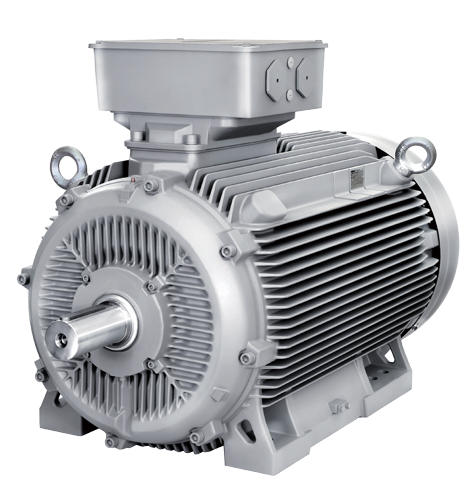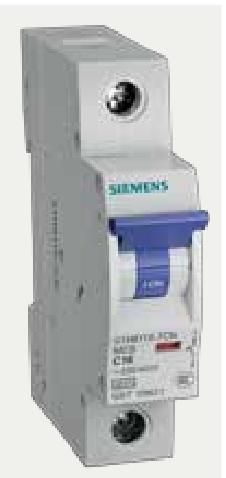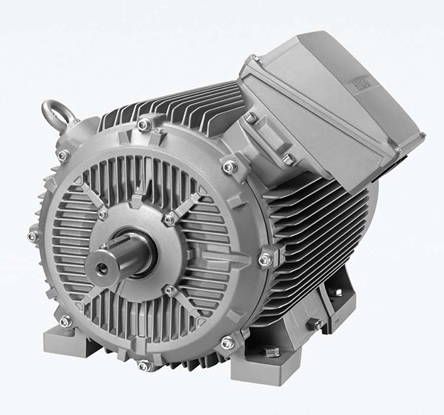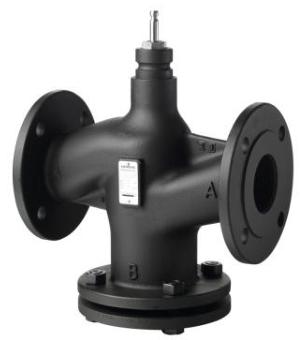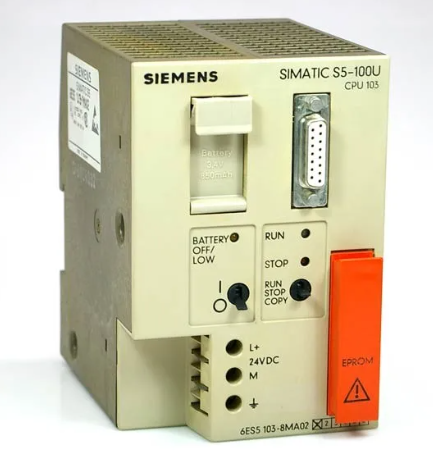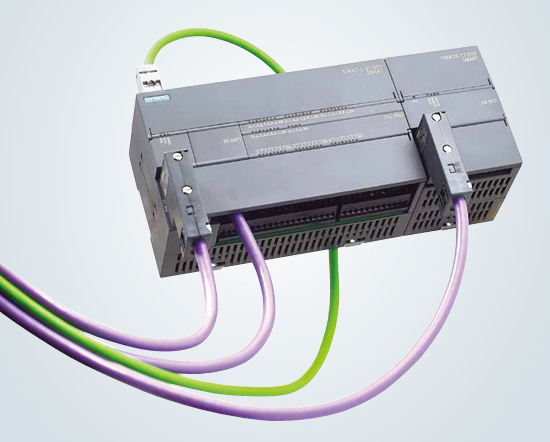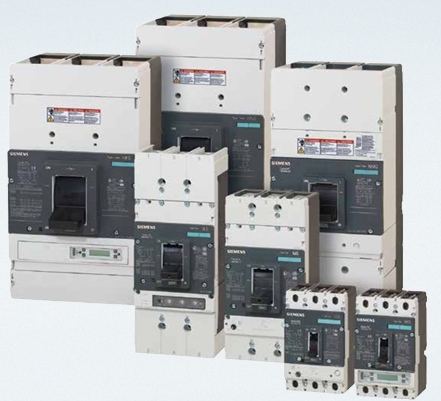GE 151X1235DB15SA02 - POWER CONVERTER MODULE(PCM)
OVERVIEW
Definition and Usage: The GE 151X1235DB15SA02 - POWER CONVERTER MODULE (PCM) is a power conversion module manufactured by General Electric (GE). Power converter modules play a vital role in a variety of electronic and electrical systems, which are mainly used to convert one form of electrical energy into another form, such as converting alternating current (AC) into direct current (DC) or changing the amplitude and frequency of voltage and current to meet the power needs of different devices.
Working Principle
Electrical energy conversion mechanism: The module usually contains complex electronic circuits inside, such as rectifier circuits, inverter circuits and control circuits. In the case of AC - DC conversion, the rectifier circuit will convert the incoming AC power into DC power. Take the common bridge rectifier circuit as an example, it uses the unidirectional conductivity of the diode to convert the positive and negative halves of the alternating current into the positive halves of the direct current respectively, and after filtering, it gets a smoother direct current. In the inverter circuit part, if the module has the function of converting DC to AC, it will pass through a series of power switching devices (such as IGBT - insulated gate bipolar transistor), in accordance with certain control signals, will be converted to a specific frequency and amplitude of DC AC.
Control principle: The control circuit is one of the core parts of the module, which precisely regulates the power conversion process according to preset parameters or external input control signals. For example, by adjusting the on and off times (duty cycle) of power switching devices, the output voltage or current can be controlled. This precise control is essential for supplying power to devices that require high voltage and current stability.
Performance Features
High-efficiency conversion: The module may have a high conversion efficiency, which can reduce the loss of electrical energy in the conversion process. High conversion efficiencies help to reduce energy consumption and equipment heating, and improve the energy efficiency of the overall system. For example, conversion efficiencies may be in excess of 90%, meaning that more than 90% of the input power is efficiently converted to the desired form of power output.
Precise control of output: The ability to provide precise voltage and current outputs, with output voltage accuracy potentially within ±1% and current accuracy at a high level. This precise control can meet the needs of equipment with strict requirements on power quality, such as precision instruments and electronic equipment.
Multiple Protection Functions: In order to ensure the safety of the module itself and the connected equipment, it may be equipped with multiple protection mechanisms. For example, the over-current protection function can quickly cut off the circuit or adjust the output when the output current exceeds the rated value, preventing the equipment from being damaged due to over-current; the over-voltage protection can take corresponding measures to protect the downstream equipment when the output voltage rises abnormally; and there is also the over-heating protection, which automatically reduces the power or stops the work when the module's internal temperature is too high to avoid the damage of the components caused by overheating.
Compatibility and Flexibility: The design may have good compatibility with a wide range of input power types (e.g., AC power of different frequencies and amplitudes) and output load requirements. At the same time, the parameters of the module (such as output voltage, current range) may have a certain degree of adjustability, according to the specific application scenarios for flexible configuration.
Technical Parameters
Input parameters
Voltage range: It can accept a wide range of input voltages, for example, for AC input, it may support different voltage levels from 100V - 240V, and the frequency range can be 50Hz - 60Hz, which makes it can work normally in different power supply environments.
Maximum Input Current: There is a certain input current limit depending on the power level of the module. For example, the maximum input current may be 10A, and this parameter determines the maximum power it can draw from the power supply.
Output parameters
Voltage output range: The output voltage can be adjusted as needed and may range from a few volts to several hundred volts. For example, for a DC output, the output voltage range can be 3V - 48V, which is able to satisfy devices with different voltage requirements, such as powering a 3.3V microcontroller or a 48V communication device.
Current Output Range: The output current range also varies depending on the design of the module, and may range from zero to several tens of amps. For example, the output current range could be 0.5A - 20A, which determines how much power it can provide to the load.
Output Power: The output power of the module is a key parameter, it may vary from tens of watts to thousands of watts depending on the specifications of the module, for example, the output power can be 100W - 3000W, which limits the power range of the devices it can drive.
Physical Parameters
Dimensions: The external dimensions of the module may vary depending on the design, in general they may be between 10cm - 30cm in length, 5cm - 15cm in width and 3cm - 10cm in thickness, which makes it easy to install in control cabinets or inside equipment.
Weight: The weight is usually light, may be between 0.5kg - 5kg, easy to install and transport.
Environmental parameters
Operating Temperature Range: Able to operate over a wide range of temperatures, typically from - 20°C to + 60°C, to suit different industrial and indoor ambient temperatures.
Humidity range: Relative humidity may range from 10% - 90% (non-condensing), ensuring normal operation under different humidity conditions.
Areas of application
Industrial automation: In industrial automation equipment, such as industrial robots, motor drives of automated production lines, etc., it is used to convert industrial power supply into the specific form of voltage and current required by the equipment, to provide stable power support for the equipment, and to ensure normal operation and precise control of industrial equipment.
Communication equipment: power supply for communication base stations, servers and other communication equipment, converting utility power into DC power required by the internal equipment or regulating the frequency and voltage of the AC power supply, to meet the high requirements of communication equipment on the quality of the power supply, and to ensure the stable operation of the communication system.
Renewable energy system: In solar photovoltaic power generation system and wind power generation system, as part of the inverter, it converts the DC power generated by photovoltaic cells or wind generators into AC power, so that it can be connected to the power grid or supply power to local loads, which plays a key role in the utilisation of renewable energy.
Transportation: In electric vehicle charging piles, converting AC power from the grid into DC power to charge electric vehicle batteries, or inside electric vehicles (e.g. electric trains, electric ships, etc.) for power management and powering drive motors, promoting the electrification of the transportation industry.
Installation and Maintenance
Installation Requirements
Location: It should be installed in a well-ventilated and dry location, avoiding close to high-temperature sources or humid environments to prevent damage to the module due to overheating or moisture. At the same time, it should be far away from strong electromagnetic interference sources, such as large motors, transformers, etc., to ensure the normal operation of the module.
Installation: Install the module according to the manufacturer's installation guidelines, usually using screws or rail mounting to ensure that the module is firmly installed and easily wired. In the installation process, pay attention to the correct connection of input and output lines to avoid damage to the equipment caused by wrong connections.
Maintenance points
Regular inspection: Check the appearance of the module regularly to see if there are any signs of component damage, looseness or overheating. Check whether the connection lines are firm and whether there is any oxidation or breakage. At the same time, pay attention to check whether the heat sink (if any) is working properly to ensure that the module has good heat dissipation.
Function test: Conduct function test regularly, check whether the output voltage and current of the module meet the requirements and whether various protection functions are normal by accessing the test load. During the testing process, operate in strict accordance with the testing protocols to avoid damage to the module due to improper testing.
Software update (if applicable): If the module has built-in control software, carry out regular software updates in accordance with the manufacturer's requirements to fix possible software vulnerabilities, improve performance or add new functions. During the software update process, make sure the power supply is stable to avoid damage to the module due to power failure or other conditions during the update process.

- User name Member Level Quantity Specification Purchase Date
- Satisfaction :
-









Email:wang@kongjiangauto.com


